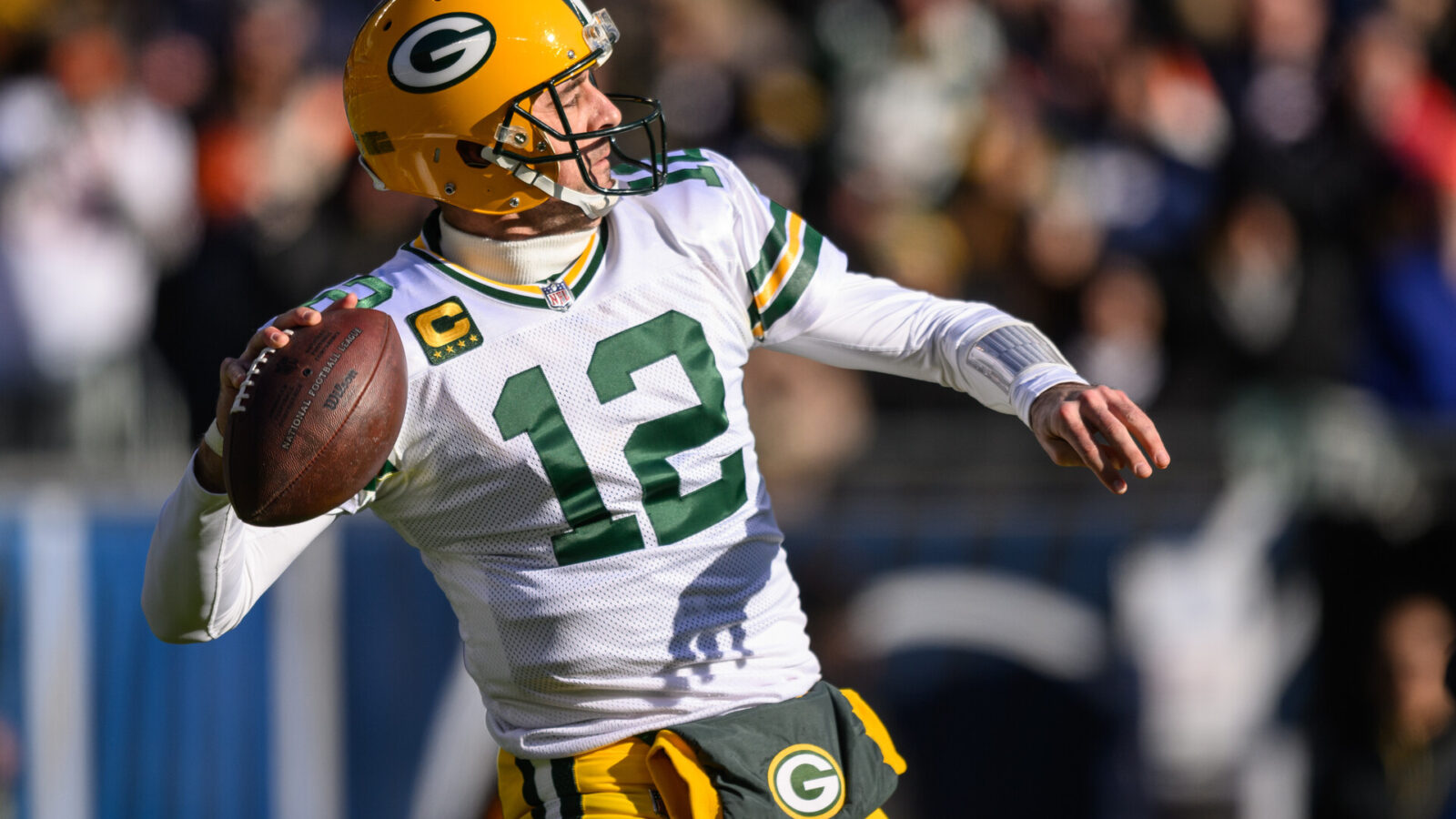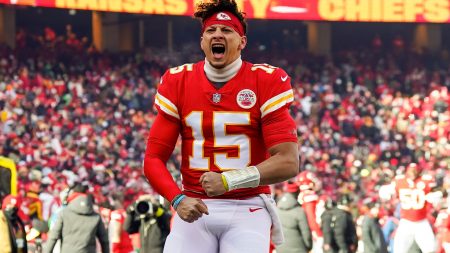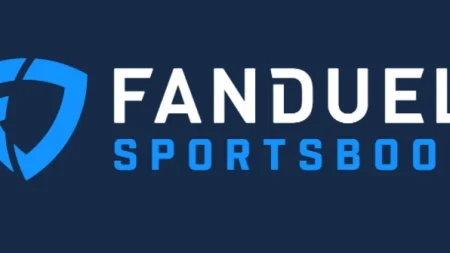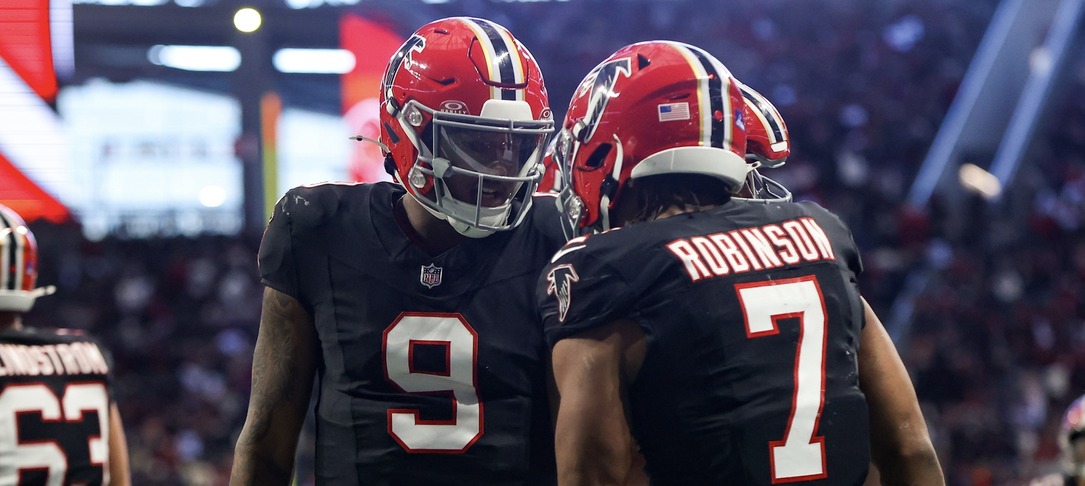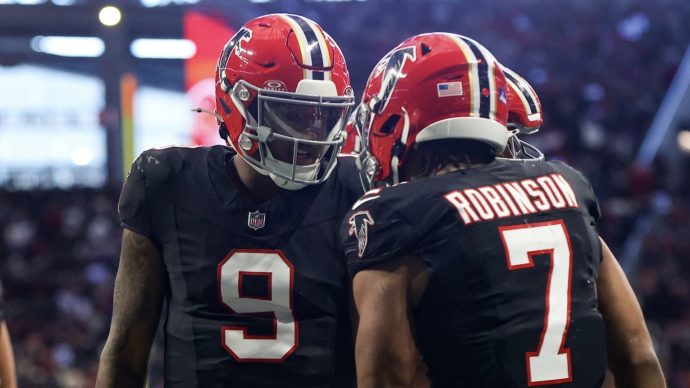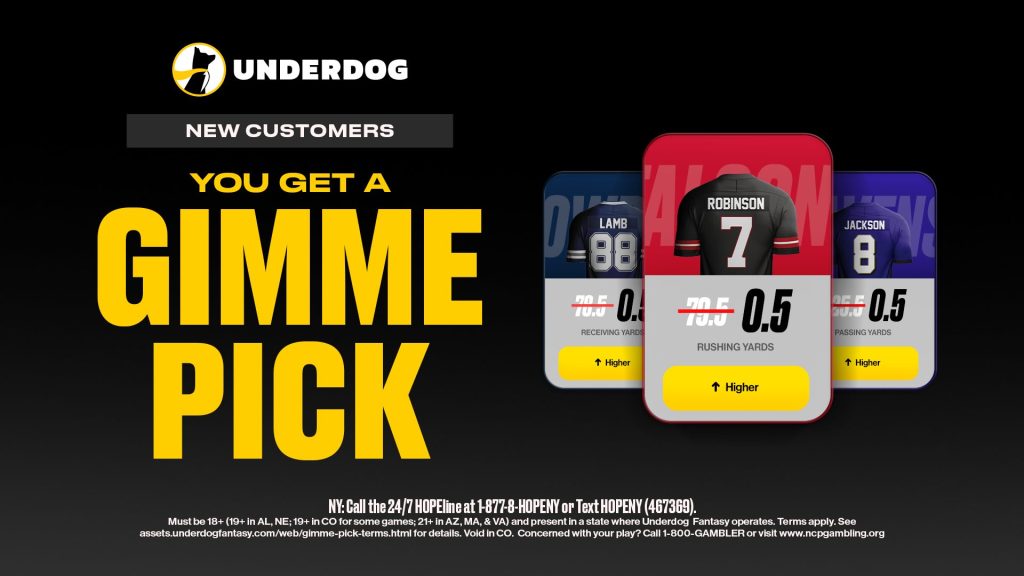What is a point spread? The point spread functions as the most popular way to bet on sports. A point spread bet sees the sportsbook add or subtract a certain number of points to one team’s final score in a matchup between two teams.
For example, Super Bowl 56 featured the Cincinnati Bengals taking on the Los Angeles Rams. The Rams were installed as a 4.5-point favorite in the NFL championship game at several sportsbooks.
When wagering on the game, sports bettors could bet on either Cincinnati (+4.5) or Los Angeles (-4.5). The point spread added 4.5 points to the Bengals’ final score, or subtracted 4.5 points from the Rams’ final score depending on the perspective of the bet.
The Rams won the game 23-20, but Bengals bettors cashed in on the point spread. Los Angeles had to win the game by five points or more in order for the Rams to cover the spread.
Top Sportsbook/DFS Picks in All States


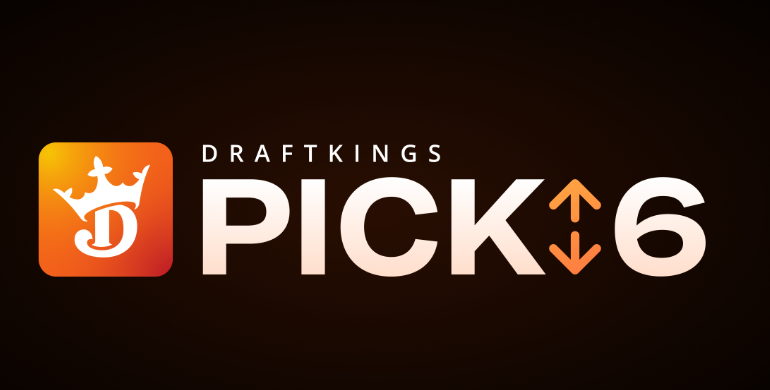
How Does Point Spread Betting Work?
Point spread betting always involve a sporting event between two teams.
One team is designated the underdog, and that team gets points added to its final score. The underdog gets points added to its final score when calculating the final outcome of the bet.
If one team is the underdog in point spread betting, the other team is designated as the favorite. The favorite gets points subtracted from its final score.
You can spot the underdog as the team with a plus sign in front of the point spread, and the favorite is the team with a minus sign preceding the spread.
Occasionally, two evenly matched teams won’t draw a point spread from a sportsbook. In this case, the actual margin of victory determines which team wins on the point spread line.
Favorites
The favorite in a point spread wager gets points subtracted from its final score. The favorite’s spread betting line is denoted by a minus sign in front of the spread.
For example, let’s take a look at the NFL points spread betting line on a matchup between the Pittsburgh Steelers and Cincinnati Bengals. A few days before the game, the Steelers-Bengals line looked like this at DraftKings Sportsbook:
- Pittsburgh Steelers +6.5 (-110)
- Cincinnati Bengals -6.5 (-110)
The Bengals are the favorite in this case, listed as -6.5 against the Steelers.
At the game’s end, the Bengals have covered the spread if they win the game by seven points or more. If the Bengals win by 6 or fewer points, or lose the game outright, then Steelers bettors cash in on the point spread.
Note that home-field advantage generally sways the spread favorably for the home team. For example, a contest between two evenly matched teams usually sees the home team installed as a slight favorite in the spread.
You obviously know that there are no half-points in the NFL. Why then are there half-point spreads? Sportsbooks use half-point spreads like 6.5 to eliminate ties. If the spread were a whole point, as it sometimes is, the result is a draw and all bets are refunded if it ends up on the number.
Underdogs
Using the same line from the above example, the Pittsburgh Steelers are the underdog in the Week 1 tilt against their AFC North division rival. The Steelers are listed as +6.5 on DraftKings and elsewhere.
Pittsburgh bettors would take the Steelers with 6.5 added to its final score. If the Bengals take the victory, but the winning margin is less than seven points, then Steelers bettors win on the point spread.
If the Steelers win the game outright, then Pittsburgh bettors also win on the point spread. The Bengals need to win by seven points or more to cover the spread, and allow Bengals bettors to cash in on the point spread.
Pick’em
A game in which the betting odds are the same for both teams, and no spread is placed on the game, is called a “pick’em.”
For example, here’s a look at Caesars Sportsbook’s odds on the Buffalo Bills vs. Los Angeles Rams matchup:
- Buffalo Bills (PICK)
- Los Angeles Rams (PICK)
The “PICK” notation in the spread column denotes that the game is a pick’em. With no point spread assigned to the NFL game, bettors are wagering on one of the teams to win outright.
In the scenario of a pick’em, the point spread functions identically to a moneyline wager. Note that the payout odds on both teams are the same (-110) for both the moneyline and point spread lines.
Top Sportsbooks in All States


How Are Point Spread Bet Odds Calculated?
Point spread bet odds contain two components – the spread itself and the payout odds.
Football and basketball spread bets usually offer payout odds close to even money. Let’s once again take a look at the DraftKings Sportsbook Pittsburgh vs. Cincinnati line from the NFL:
- Pittsburgh Steelers +6.5 (-110)
- Cincinnati Bengals -6.5 (-110)
The (-110) next to each team’s spread represents the potential payout on the bet. Most sportsbooks in the U.S. use American odds notation on payout odds, notated by a “+” or “-” sign in front of the odds number.
To calculate “-” American odds, you can use this formula:
American Odds Formula For “-” Odds
(100/odds)*(amount of bet)
Note that even though we’re using (-110) odds in this example, the number goes into the formula without the minus sign. The potential payout for a $100 points spread bet on either Pittsburgh or Cincinnati would be calculated as:
(100/110)*($100)
Which translates to:
(.909)*$100 = $90.90
Wagering $100 on either the Steelers or Bengals yields a $90.90 potential payout. The sportsbook returns $190.90 to the bettor in this scenario, $90.90 profit plus the original $100 bet.
Another way to look at “-“odds – on a (-110) line you would have to bet $110 to win $100 profit.
Sportsbook Juice (aka “Vig”)
Note that (-110) on both sides is close to an even money bet, but not quite. Virtually all point spread betting lines are generated in a manner that gives the sportsbook a cut of the betting handle (aka amount bet).
This cut is known as “juice” or “vig” in the sports betting industry. Much like casino games, sports bets are designed with a house edge that allows the sportsbooks to exist as profitable businesses.
The Run Line and the Puck Line
In the NHL, the point spread is often called the “puck line,” and in baseball the spread is commonly called the “run line.” For example, let’s consider this MLB line from FanDuel Sportsbook:
- New York Yankees +1.5 (-194)
- Houston Astros -1.5 (+160)
Puck lines and run lines are generally set at (+1.5)/(-1.5), and the odds can often stray pretty significantly from even money. MLB and NHL bettors can regularly find points spread bets where one of the teams is installed at “+” American odds.
In the example from above, you can take the New York Yankees (+1.5) on the run line at (-194) odds, or the Houston Astros (-1.5) at (+160) odds. Even though the Astros are favored, taking Houston on the run line offers a better potential payout.
The calculation needed to figure out the payout on “+” American odds looks like this:
American Odds Formula For “+” Odds
(odds/100)*(amount of bet)
Inserting (+160) odds in this formula, for example, yields this answer for a $100 wager:
(160/100)*($100)
Like the “-” odds formula, you always insert the line as a positive number in this formula. Putting (160) in this equation gives us:
(1.6)*($100) = $160
A $100 bet at (+160) would pay out $160 in profit. The sportsbook would return $260 total on the winning bet ($160 profit plus the $100 original bet).
Another way to look at “+” American odds; a (+150) line means you would have to bet $100 to win $150 profit on the bet.
Top Sportsbook/DFS Picks in All States


Point Spread vs. Moneyline Betting
The manner in which point spreads work inherently makes the bet type a riskier proposition than betting on the straight up winner of a game outright. Wagering on the winner of a game without a points spread is known as moneyline betting.
The moneyline and the point spread represent the two most popular ways to bet on sports in the U.S. While point spread betting depends entirely on the margin of victory, moneyline bets pay bettors on the winning team, no matter what the final score.
If you bet the Bengals on the moneyline and they beat the Steelers by three points, or by 30, you win the bet. The odds on favorites and underdogs can vary significantly from the point spread to the moneyline on a given game.
Let’s take one more look at the Steelers-Bengals matchup at DraftKings Sportsbook:
- Pittsburgh Steelers (+230)
- Cincinnati Bengals (-275)
While both teams pay at (-110) on the spread, the moneyline offers a much bigger payout on the Steelers at (+230). A $100 winning bet would return $230 profit.
The (-275) on the favored Bengals, however, means you would only earn $36.36 profit on a winning wager. If you think the Bengals are a sure thing to win straight up, you can bet the moneyline and not worry about the stress of the Bengals covering the spread.
The spread bet is designed to even the playing field. In football and basketball, point spreads are generally always close to even money.
If you prefer a less-variance betting style, point spread betting might be the way to go. If you enjoy the opportunity to make safer (but lower-paying) bets, or riskier (but higher-paying) bets, the moneyline presents an attractive option.
Professional bettors look for value in any kind of betting action, including spreads, moneyline, totals, live betting, alternative lines, and other bet types offered at an online sportsbook or retail sports betting venue.
Be sure to check out the other chapters from the Props.com collection of Betting 101 Guides:
- How to Read Sports Betting Odds
- How to Bet on the NFL
- Guide to Parlay Bets
- How to Win at Live Betting
- Super Bowl Squares Guide
- Best Sportsbook Bonuses
- Daily Fantasy Sports Tips
- How To Bet On College Basketball
- Guide To Filling Out Your March Madness Bracket
- Mobile Sports Betting Apps Vs. Online Sportsbooks
- Sports Betting Tips
- How To Bet On The NBA
- Can I Bet On Sports Legally In My State?
- What Is A Parlay Bet?
- What Is A Prop Bet?
- What Is A Moneyline Bet?
- What Is An Over/Under Bet?
- What Is A Futures Bet?
Best Online Sportsbook Bonuses
Check out the Props.com guides to online sportsbook bonuses in the U.S.
- Top Tennessee Online Sportsbook Bonuses
- Top New York Online Sportsbook Bonuses
- Top New Jersey Online Sportsbook Bonuses
- Top Colorado Online Sportsbook Bonuses
- Top Illinois Online Sportsbook Bonuses
- Can I Bet On Sports In California?
- Top Indiana Online Sportsbook Bonuses
- Top Massachusetts Online Sportsbook Bonuses
- Top Michigan Online Sportsbook Bonuses
- Top Pennsylvania Online Sportsbook Bonuses
- Top Virginia Online Sportsbook Bonuses
- Top Maryland Online Sportsbook Bonuses
- Top Ohio Online Sportsbook Bonuses
- Top Arizona Online Sportsbook Bonuses
Top Sportsbook/DFS Picks in All States


Point Spread Betting FAQ
What does a 6.5 point spread mean?
A point spread of 6.5 adds 6.5 points to the underdog’s final score, or subtracts 7.5 from the favorite’s score. Both calculations end up with the same result.
For example, Pittsburgh (+6.5) vs. Cincinnati is the same as Pittsburgh vs. Cincinnati (-6.5).
What does it mean to “cover the spread?
The team that finishes with the most points after the point spread is added to final score “covers the spread.”
In the example above, let’s say Cincinnati wins the game 34-30 straight up. The spread adds 6.5 points to Pittsburgh’s score/subtracts 6.5 from Cincinnati’s score, and Pittsburgh covers the spread (36.5-34 from Pittsburgh bettors’ perspective or 30-27.5 from Cincinnati bettors’ perspective).
If Cincinnati wins 41-30, the Bengals cover the spread (34.5-30 from Cincinnati bettors’ perspective or 41-36.5 from Pittsburgh bettors’ perspective).
Do online sportsbooks offer the same point spreads on a game?
No. While a given game will likely yield similar points spreads and odds across all online sportsbooks, astute bettors will conduct research and look for differences in key numbers at different books.
For example, A game between the Kansas City Chiefs and the Dallas Cowboys could see the Chiefs installed at (-3) at one sportsbook, but (-3.5 at another). The process of conducting research for favorable lines is known as “line shopping.”
Why do point spreads change before a game?
Line movement (a point spread changing before a game starts) regularly occurs at legal sportsbooks. Injuries, lineup changes, weather, and public betting trends can all cause line movement up until a game begins.
For example, let’s say you check out Caesars Sportsbook on a Monday and see Kansas City (-3) vs. Dallas. If Patrick Mahomes gets injured in practice during the week, you’ll likely see that line shift more toward the Cowboys’ favor.
In what sports can I make point spread bets?
Just about any sports involving matchups between two teams offer points spread betting. Football, baseball, basketball, hockey, and soccer all offer point spread betting opportunities.
